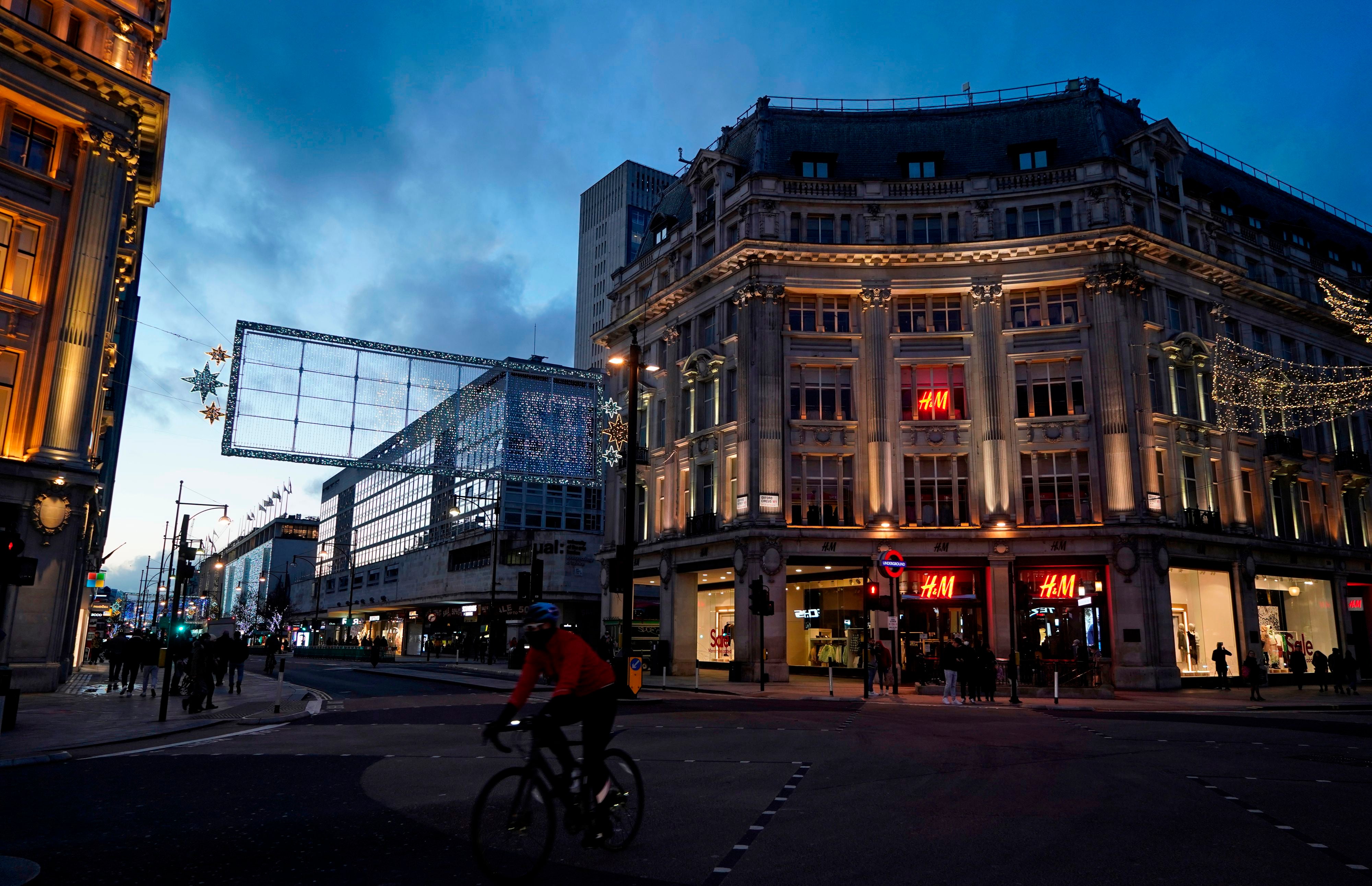When will the Covid tiers next be reviewed?
Boris Johnson says allocation of tiers will be reviewed every 14 days

England moved back to a tiered system of coronavirus restrictions with the end of lockdown on 2 December, with 99 per cent of the country placed under the two highest levels of limitations.
But when will the restrictions be reviewed and how have different tiers been decided on?
When will the system change?
Mr Johnson has said the allocation of tiers will be reviewed every 14 days and has suggested mass testing could make households exempt from restrictions.
The latest review of all tiers took effect on Wednesday and the next will take place on Wednesday 30 December.
London entered tier 4 on Sunday following a sharp rise in the capital city’s cases and concerns over the spread of a mutated strain of the coronavirus.
Mr Johnson has written to Tory MPs offering them another chance to vote on the restrictions early next year, saying the legislation will have a "sunset of 3 February".
That vote after Christmas will determine whether the tier system stays in place until the end of March.
How many people are under tough restrictions?
More than 55 million people were placed into tier 2 and tier 3 measures on 2 December, meaning mixing between households indoors has effectively been banned for the vast majority of the country.
Only the Isle of Wight, Cornwall and the Isles of Scilly – accounting for little more than 1 per cent of England's population – are in the lightest tier 1 coronavirus restrictions.
Large swathes of the Midlands, North East and North West are in the restrictive tier 3, which accounts for around 30 per cent of the population.
Meanwhile London and parts of the South East and East of England have been moved into tier 4. This makes up roughly a third of the population under a strict stay-at-home lockdown.
What are the key indicators that will primarily determine the restrictions in each area?
Five factors are considered:
- case detection rates in all age groups;
- case detection rates in the over-60s;
- the rate at which cases are rising or falling;
- the positivity rate: the number of positive cases detected as a percentage of tests taken;
- Pressure on the NHS, including current and projected occupancy.
Downing Street declined to give any further details on the indicators, nor any estimate of the thresholds.
But – in the face of a possible Tory revolt – Boris Johnson has now committed to publish more data and outline what circumstances need to change for an area to move down a tier, as well analysis of the health, economic and social impacts of the measures taken to suppress coronavirus.
Why are there not rigid thresholds?
The government has said it needs to maintain flexibility to weigh the indicators against each other – such as whether hospital capacity in neighbouring areas is lower.
Another example given in the coronavirus winter plan is that case detection rates would need to be weighed against whether the spread of the virus is localised to particular communities.
The plan states "given these sensitivities, it is not possible to set rigid thresholds for these indicators, as doing so would result in poorer quality decisions".
What are the scientists saying about the prospect of easing measures?
Peter Openshaw, professor of experimental medicine at Imperial College London, said it would be a "terrible mistake" to relax restrictions just months before vaccines "start to have an effect".
Prof Openshaw, who is a member of the New and Emerging Respiratory Virus Threats Advisory Group (Nervtag), said: "We scientists are very concerned indeed about relaxation of precautions at this stage. The rates are still too high, there's too many cases coming into hospitals, too many people dying.
"And if we take the brakes off at this stage, just when the end is in sight, I think we would be making a huge mistake."
PA
Subscribe to Independent Premium to bookmark this article
Want to bookmark your favourite articles and stories to read or reference later? Start your Independent Premium subscription today.

Join our commenting forum
Join thought-provoking conversations, follow other Independent readers and see their replies